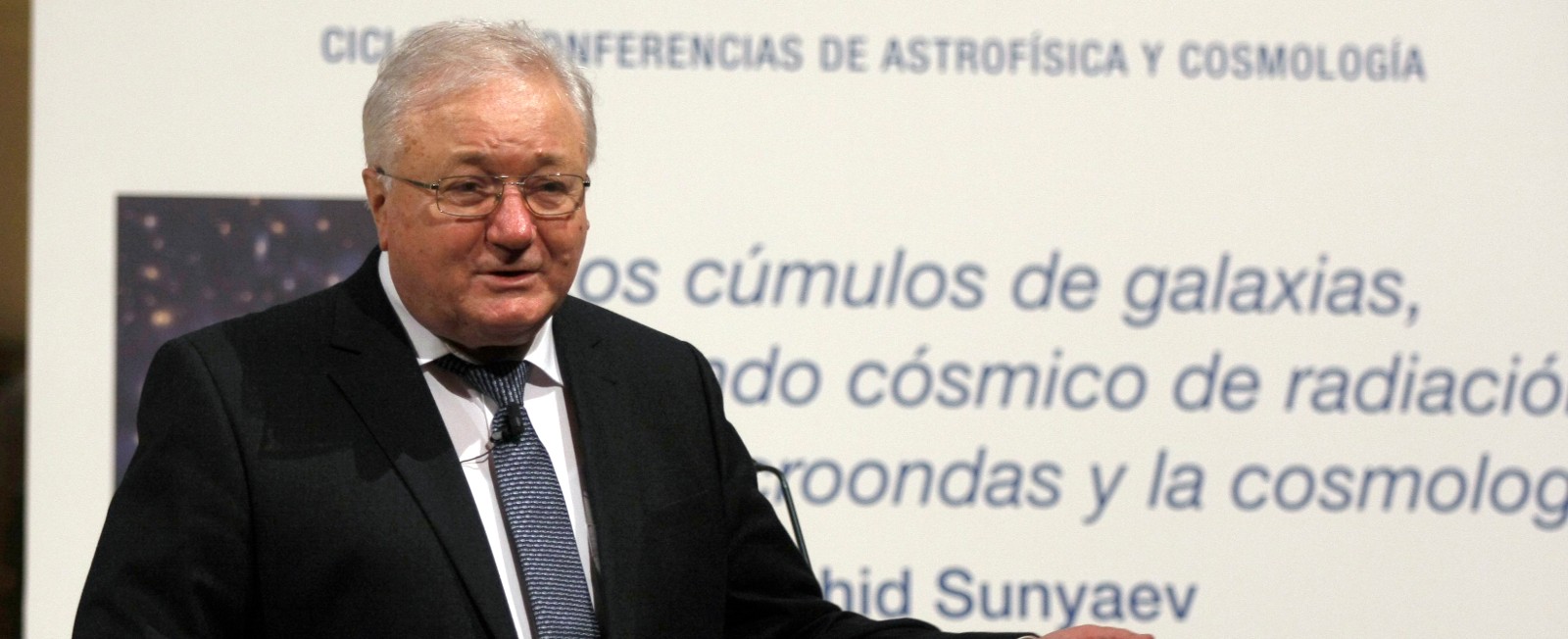Clusters of galaxies are the largest objects in the Universe. Each one contains dark matter, thousands of galaxies, and is filled with hot intergalactic gas that radiates X rays. Due to the presence of the cosmic microwave background radiation (CMB) that fills our Universe, we have a fantastic new method for detecting clusters of galaxies. Interaction of CMB with hot electrons changes the CMB spectrum and makes the clusters appear as negative sources of radiation in centimeter and millimeter wide spectral bands. The luminosity and spectrum of these sources is not dependant on distance or redshift. This property could enable the detection of all the clusters of galaxies (more than 100,000!) in the observable Universe. Recently the Planck space observatory, the ground based South Pole Telescope and the Atacama Cosmology Telescope (ACT) have used this method to discover more than a thousand enormous clusters of galaxies at different redshifts. These discoveries open new doors for observational cosmology. They provide unique information on the global properties of the Universe, about its past and even its future. And they give us clues about physical laws under conditions unobtainable in ground based laboratories.

